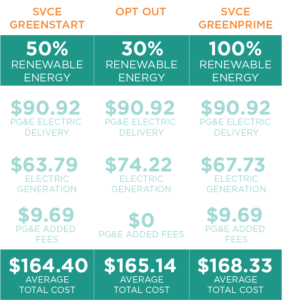Hydroelectricity
Hydroelectric power is the primary method of power creation. Norway is known for its specific ability to the advancement of effective, climate cordial Energy Rates in Fort Worth . Calls to drive Norway primarily through hydropower arose as soon as 1892, coming as a letter by the previous Top state leader Gunnar Knutsen to parliament. The vast majority of hydropower limit is freely claimed and conveyed across regions and districts. The cross-country introduced limit of hydropower added up to 33.8 GW in 2015. The greatest working volume of hydrologic stockpiling power plants is 85 TWh, while the typical occasional cycle is 42 terawatt-hours (TWh). In 2015, hydroelectricity produced 144 TWh and represented 95.8% of the public power interest.
In European business sectors, it is the single biggest maker of hydropower. As per the IEA, Norway created 4.3 percent of the overall hydropower in 2008 and positioned sixth for that year, behind China, Canada, Brazil, the US, and Russia. Part of the explanation that such a large amount of Norway’s power can be created from hydropower is because of the regular benefit of its geology, with bountiful steep valleys and waterways. Because of environmental change, the area is at present encountering heavier precipitation and is projected to get more from now on, further expanding its ability for hydropower.

Sun oriented power
- The public help for sun-oriented power is set up starting around 2008. For 2013, the European Photovoltaic Industry Affiliation reports an irrelevant 0.02 watts for each occupant or under 0.1 megawatts (MW) of introduced photovoltaic limit in Norway. This is multiple times not exactly in Finland (2 watts for every occupant), multiple times not exactly in Sweden (4 watts for each occupant), and right multiple times not exactly in Denmark (98 watts for every occupant).
- Notwithstanding, the utilization of sun-based power is developing at a sped-up pace; in 2016, the introduced board limit became 366%. Defenders show that Norway has a shockingly high limit with regard to sun-powered energy catch. For example, records from the city of Narvik demonstrate the way that the area can get nearly as much daylight as southern Germany.
- In any case, this is still over 33% of the sun-oriented energy that a region that gets a high measure of sun-powered energy would get (in view of gotten radiation from Australia.) Sun-based organizations incorporate Elkem Sun-based and NorSun. Sustainable power Organization REC was a sun-oriented power organization with base camps in Norway and Singapore. Elkem Sun powered was essential for Norwegian Elkem. Orkla Gathering sold it for $2 billion in January 2011 to a Chinese compound organization China Public Bluestar head office in Beijing. Norton is a confidential sun-oriented cell maker.
Coal power
On the island of Svalbard, around 0.108 TWh of power and intensity is created yearly, in two coal-terminated power plants. The coal is mined on the island, where the excess coal (2/3 of creation) is sent out. Norway has around 3 power plants consuming petroleum gas, contingent upon how they are counted: Mongstad 280 MW CHP, Kårstø 420 MW (presently shut), and Tjeldbergodden 150 MW (unused). They are seldom utilized, as hydropower is generally less expensive. Statkraft explores different avenues regarding assimilation at Tofte.

